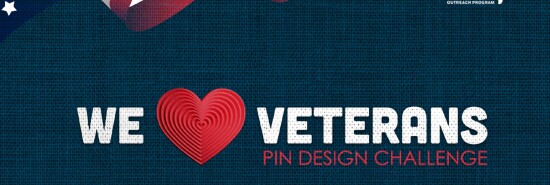
Holistic, integrated services can make it Veterans Day all year round
Washington Examiner
On this Veterans Day, let us not just praise the valor of those who served in the U.S. armed forces, but also do a better job meeting their needs.
Long gone are the days, of course, when protesters spat on veterans returning from Vietnam, blaming them essentially for the luck of the draw in being drafted to serve in an unpopular war. Thankfully, for some three decades now, veterans have been among the most admired of all, almost universally appreciated.
Yet try as it might, this nation somehow fails too often to turn goodwill and good wishes into effective services for those who transition back to civilian life. Congress did a good thing several years ago by expanding the opportunity for veterans to use private sector healthcare (a sort of healthcare voucher system), but it balked this summer at implementing a long-planned, major systemic change when a task force recommendation proved politically problematic. Meanwhile, management problems last month delayed yet again another long-planned initiative, namely a new electronic health record system that just can’t seem to have its bugs worked out.
And while the vast majority of veterans move seamlessly into civilian life and become stellar citizens and community leaders, putting to rest the caricature of too many former soldiers and sailors unable to cope, the statistics do show that the rate of suicide among veterans runs about 50% higher than among the general population. Active–duty men between ages 17 and 25 are more than twice as likely to die by suicide than their nonmilitary peers.
Anything and everything that can better serve those who serve their nation so well should be done — whether through the Veterans Administration or via private and charitable options. What seems to have been missing for too long, though, is a sense of holistic mission. That’s why a move toward whole-person care is long overdue.
There’s a new model of integrated care, not just for veterans but for public-health-related services in general, that seems to work quite well and is now moving into the veteran space. Known as Certified Community Behavioral Health Clinics, the model began in an eight-state demonstration project in 2017 after being authorized through the Excellence in Mental Health Act of 2014.
John F. Kilpatrick, CEO of Veterans Recovery Resources in Mobile, Alabama, explains the need for the behavioral clinics model: “What you had were two very different types of organizations: primary care health organizations that wanted to add behavioral health services, and behavioral health groups that wanted to add primary health services. The cultures are very different.”
What would happen, he said, is that “veterans would come to us for behavioral health, but they were on 15 different prescription drugs, so we needed primary care physicians to get a hold of the prescriptions and underlying health conditions.” The behavioral clinics model combines primary and mental healthcare, he said, “and all the support services that should go along with it.”
And if operating a behavioral clinic is too complicated, the next best thing surely is a one-stop shopping (so to speak) outfit that assesses veterans’ needs and then directs them to the best places to get those needs met. Obviously, that’s what the VA is supposed to do, too, but the VA can’t be everywhere, and the private and charitable sectors certainly have plenty to add to fill in gaps. That’s why outfits such as the Veterans Navigation Center in San Diego can be valuable, providing individual case managers to direct veterans to the best places to go for benefits, for mental health counseling, for legal services, for housing, and for life-skills training.
Congress should make sure the VA sees organizations such as these as partners, not competitors.
The old quote from Teddy Roosevelt still applies, and always should: “A man who is good enough to shed his blood for his country is good enough to be given a square deal afterward.” On this Veterans Day, let us redouble efforts to give veterans a square deal at the same time we salute them.
